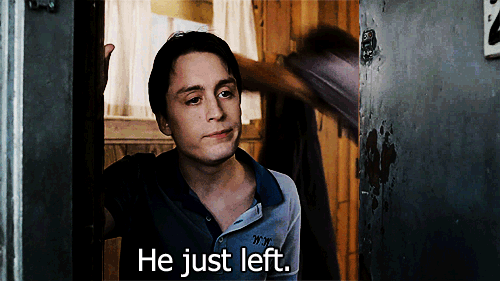
The calcaneus bone, or heel bone, is among the most commonly fractured tarsal bone in the foot. Calcaneus fractures account for 1-2% of fractures in the body.
Calcaneus fractures are also known as the Lover’s fracture.

Calcaneal fractures often occur due to a jump from a height, which is how the term “Lover’s fracture” was coined because a lover may jump from great heights to escape from a lover’s spouse or boyfriend.
Calcaneal fractures are generally traumatic fractures occurring from motor vehicle accidents, muscular stress, or falls from a height. We usually see these injuries in worker's injury claim cases, whereby someone has fallen off of a ladder or rooftop.
Calcaneal fractures are categorized based on whether the fracture is displaced (greater than 2mm displacement), open (with soft tissue or bony structure exposed), closed (with skin and soft tissue intact), or comminuted (3 or more pieces). Treatment for calcaneal fractures varies based on the type of fracture. Standard radiographs and CT scan are used to diagnose calcaneal fractures, and determine the severity of the injury. Pain over the heel, inability to walk, or a hematoma that extends to the sole of the foot are all signs of a calcaneal fracture.

Presence of a hematoma on the sole is known as the “Mondor Sign”. In a non-displaced fracture nonsurgical treatment may be sufficient. Displaced or comminuted fractures typically require surgical treatment consisting of some type of fixation with metal plates or screws or more recently we have used multiplanar external fixation for restoration of height, the angle, and joint space of the posterior facet in the subtalar joint.

In closed fractures surgical treatment is often postponed until swelling has subsided. In open (exposed soft tissue or bone) or avulsion fractures (when a tendon pulls off a piece of bone), more urgent treatment is required. Open fractures are exposed to the environment and need to be cleaned and then surgically corrected within a short time period to prevent infection which is another advantage of external fixation.
Minor calcaneal fractures usually heal within a few months, and cause minimal long-term limitations. More severe fractures may take years to heal, and never return to the previous condition.
Long-term complications may include pain, limb length discrepancies, and changes in gait with chronic swelling, and reduced endurance and strength.
Early treatment by the foot and ankle surgeon (ie Family Foot and Leg Center) is the key to minimizing long-term complications.
-Dr Timm




No comments:
Post a Comment